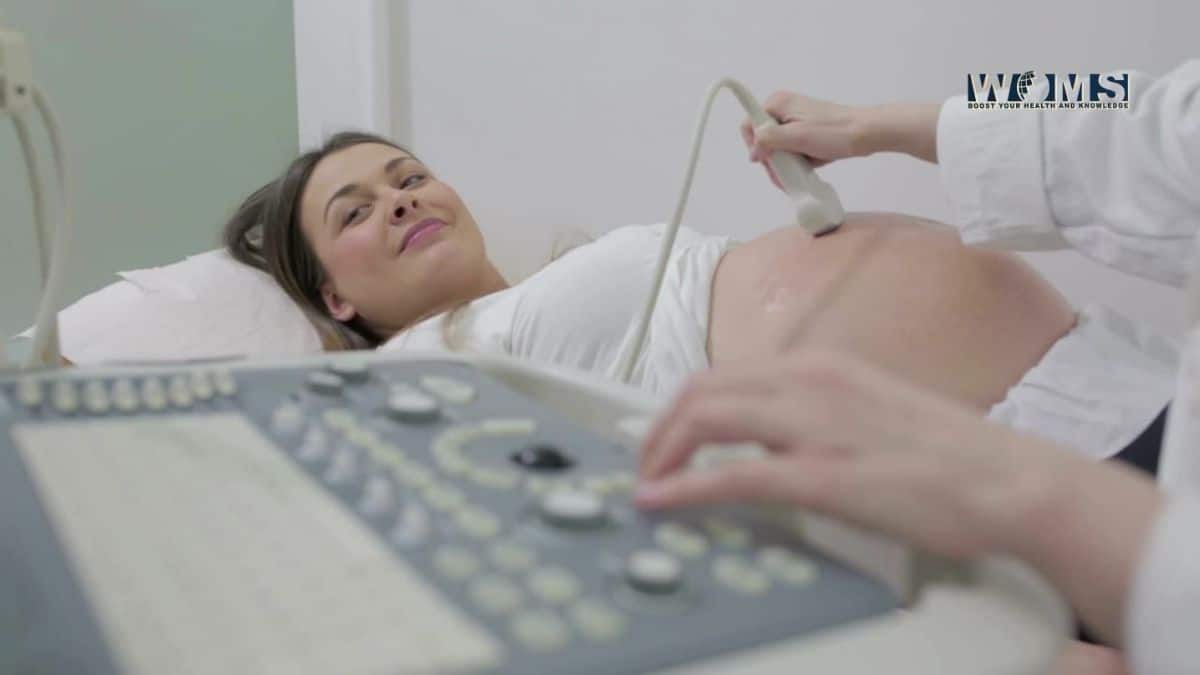Which Month is best for Ultrasound in Pregnancy?

Ultrasounds
An ultrasound uses sound waves at a very high frequency, inaudible to the human ear, for non-invasive medical imaging. The sound wave is generated through vibrations from the transducer probe and travels through the skin, some of them echoing back at each step. Ultrasound in pregnancy is used to detect the fetus in the womb.
The echoes are absorbed by the probe and programmed by the ultrasound machine software to convert it into imagery, displaying the internal organs of the body without cutting into the skin and bones.
During pregnancy, ultrasounds are conducted to track the progress and development of the fetus, these help the doctors to prevent any abnormalities in the fetus or detect complications with the pregnancy such as cysts or placenta placement.
Today, with the innovation and advancement in hi-tech medical imaging, 3D and 4D ultrasounds of the baby are possible. Furthermore, echocardiography is an ultrasound that allows an insight into the fetus’ heart in detail.
Your doctor may order an ultrasound if they detect any problems with the last one or in your blood tests however, ultrasounds are performed for non-medical reasons as well; to produce an image of the baby for the parents or to determine the sex of the baby.
Ultrasounds in Each Trimester
Since a normal pregnancy is about 39 to 40 weeks long, this is divided into 3 trimesters of 13 weeks each, during every trimester, doctors are looking for different developments in the fetus.
First Trimester: During the first trimester, the sonographer performs an ultrasound to confirm the pregnancy, check the fetal heartbeat, check for multiple pregnancies, estimate the due date and determine the gestational age of the baby, look for any abnormal growths on the fetus, diagnose a miscarriage or abnormality with the pregnancy and examine the organs related to pregnancy i.e. the placenta, uterus, ovaries and the cervix.
Second Trimester: After the first ultrasound, the baby’s growth is monitored, along with any birth defects that become apparent or complications such as Placenta Previa or pregnancy tumors. Ultrasounds may also give indications for other tests such as amniocentesis. Particularly in the second trimester, the sex of the baby is determined (not applicable in India) and the baby is checked for any characteristics of Down syndrome.
Third Trimester: The fetus is close to being born at this stage so, the position of the baby is very crucial, the growth and abnormalities are again monitored and the length of the cervix is measured to determine the possibility of normal vaginal birth.
What Happens During an Ultrasound?
After you’re scheduled for an ultrasound, the sonographer may ask you to have a full bladder or an empty one, depending on the machine, so prepare accordingly in advance. In the ultrasound room, you’ll lie down on the examination table and the ultrasound technician applies a water-based gel to your abdomen and pelvic area, this gel won’t stain your clothes and skin.
The ultrasound technician will place a small soap-sized wand on your belly and move it around to capture black and white images on the screen attached to the ultrasound machine by USC Ultrasound. The technician checks if the pictures captured are clear and if they are, you can wipe off the gel and head home.
Transvaginal ultrasound is done by inserting a small transducer probe inside the vagina to capture clearer pictures; these are typically done at the start of the pregnancy. A 3D ultrasound also uses a special kind of transducer probe and captures the height, width, and depth of the fetus and its organs.
A 4D ultrasound captures highlights and shadows better and creates a video of the baby’s movement. Fetal echocardiography is performed if the doctor suspects any congenital heart defects; it’s done similar to a regular ultrasound however, it takes longer and captures an in-depth picture of the little one’s heart size, shape, and structure.
How often should you have an Ultrasound?
Some people have gone so far as to suggest that you should only get 2 ultrasounds during your pregnancy, one to confirm the pregnancy and for the initial screening and the second one towards the end just to make sure everything is alright.
You don’t need to go to that extreme though, getting regular ultrasounds is perfectly safe and whenever your doctor feels that one is needed, don’t hesitate to do so, with every month, there’s a new development with the baby and the excitement of finding that out has a positive effect on the baby and mother.
Many people assume that ultrasounds are harmful to the fetus however; there isn’t any information that finds a correlation between a hindrance in fetal growth and increased ultrasound rate.
Although we don’t have much proof to back this statement, ultrasounds are still energy and high exposure to energy can have a negative or positive effect, there is just no way to predict what it will be so, avoid having ultrasounds just for fun or to see your baby, however, there is nothing to stress about with the occasional ones following your prenatal appointment.




